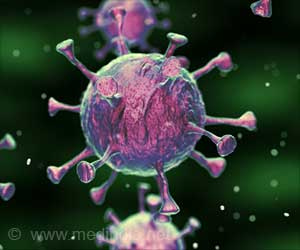Covid-19 infection is caused by RNA virus SARS-CoV-2. It affects the upper respiratory tract (nose, throat and lungs), it causes severe inflammation and even death. The other organs that are affected by the virus are heart, brain and kidney. Risk factors for the infection are older age, male gender and chronic diseases like obesity and diabetes.
‘Need of ventilators for COVID-19 patients can be predicted using an online tool’
Need for ventilators
Need for oxygen for severe COVID patients is one of the common symptoms. The ventilators ensure that the patients get continue and enough supply of oxygen when they breathe. From the beginning of the pandemic the number of ventilators needed outpaced the supply and at one point the physicians had to split the ventilator for patients. Vaccination reduced the rate of hospitalization and the need for ventilator.
According to Madabhushi – professor at the Donnell Institute “These can be gut-wrenching decisions for hospitalsdeciding who is going to get the most help against an aggressive disease,”
The online tool uses the images of CT scan to see the severity of the infection and decides whether the patients need the ventilator or not.
“This tool would allow for medical workers to administer medications or supportive interventions sooner to slow down disease progression,” “And it would allow for early identification of those at increased risk of developing severe acute respiratory distress syndromeor death. These are the patients who are ideal ventilator candidates.” Says Hiremath – author of the paper.
Another research was done by getting samples from patients who had died from H1N1 virus (swine flu) and COVID-19 and immune architecture of the human body in response to the virus was studied. This plays an important role in the development of vaccines and also helps in understanding the body mechanism against the viruses.
The information revealed that the COVID-19 related pattern were different compared to other diseases like H1N1.
Source: Medindia



